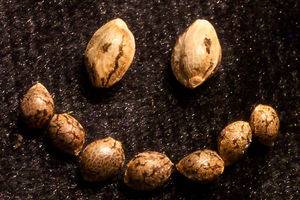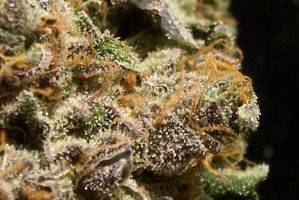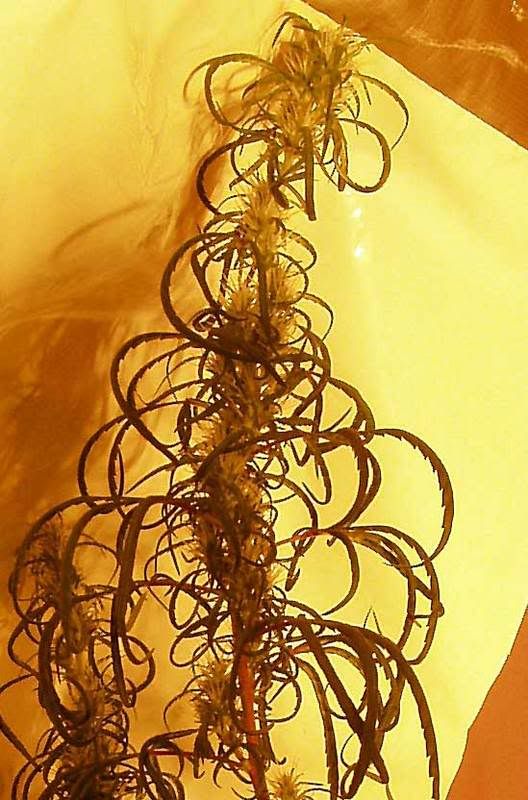G
Guest
afropips said:I see no purpose of producing an IBL from a small gene pool to
produce plants so that each individual is similar.
I prefer to search for the landrace variety for similar plants.
that have been produced with a large gene pool.
The growers & producers of landrace varieties are the "Breeders"
that deserve the respect IMO.
well said
mutations are a product of inbreeding and sustaining an IBL, so while leaf misformation etc. may not be regarded as a problem in itself by some, it is indicative of genetic degeneration, failed DNA transcription etc.
this can also entail loss of vigour, loss of seed viability, low yields, weak structure etc., low disease resistance etc.
these observations are not intended as a knock at Blueberry or DJ Short, simply as a statement of fact - most of the observations made about present Blueberry stock by posters above are consistent with it being a long established IBL
pure-breeding stock with desirable characteristics is obviously a fantastic thing to own, nobody is disputing that -
but I think there is a lack of balance in the cache given to some "Western" inbred lines -
the reality is that quality smoking cultivars have existed in Asia, Africa and areas of the Americas for centuries before Dutch and North American breeders got their hands on them and created the modern tastes and visual criteria a lot of people seem to judge herb by
I personally think that the way out of the smoking low point of the 80s and 90s lies in expanding the gene pool of strains employed in breeding
IMHO that is the real business of the "breeder" - who should be as much a collector as a selector
the great highs are already there in the great landrace cultivar strains - and crucially in the correct techniques of preparation of herb and hashish
I am not aware of how new Blueberry strains now being made available are being produced, but clearly the ideal situation would be that each Blueberry breeder was creating them from scratch from authentic landrace stock of diverse origin - i.e. genuine and personally sourced Central Asian hashish lines on the one hand, and on the other some kosher sativa stock such as he employed originally
blah blah, Namkha
Last edited:





























